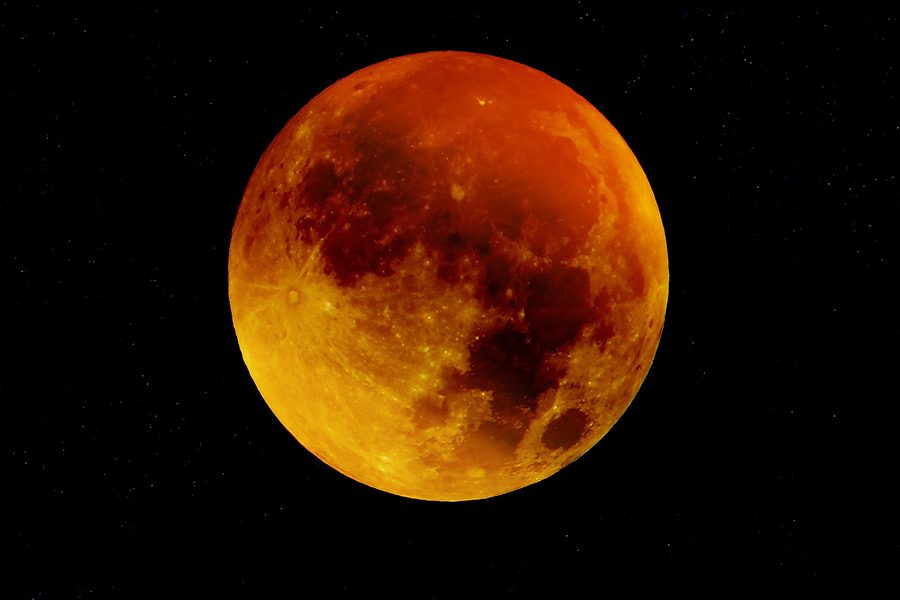Super Blue Blood Moon
January 31, 2018
On January 31st, 2018 for those of you time travelers, we got to experience what was collectively called a super, blue, blood moon. That’s a lot of different terms strung together, so let us summarize.
“Blue moon” is the easiest term. Unfortunately, the moon doesn’t actually turn blue; the term “blue moon” simply refers to when a full moon is present twice in a calendar month. January’s first full moon was around the 1st, which provided for enough time to reach it’s fullness again in the same month. Perhaps you’ve heard the term “once in a blue moon?” Now you know.
A “supermoon,” or a full moon at perigee, is when the moon is closest in relation to the earth, and thus looks bigger in the night sky. Also due to being closer, the moon may appear even bigger to some because it is about 16% brighter than the average full moon. The next time we’ll be able to see a supermoon will be in December of this year.
And finally, a “blood moon” is the moon during a total lunar eclipse, where the sun, earth, and moon are in perfect alignment, with the earth being in between the two. Because of sunlight indirectly reaching the moon via earth’s atmosphere, the moon takes on an eerie red hue, giving it the nickname of “blood moon.”
So all together, today’s moon was wildly special in that it was the second full moon of January, it was about as physically close as it could possibly be, and it went through a lunar eclipse which made the already close moon bright red.
Sadly, for those of us in the Houston-Richmond area, we were only exposed to a partial lunar eclipse. By the time the lunar eclipse was at its fullest, its’ declination in the sky was too low, and the rising of the sun made the red hue almost impossible to see. Most of us just saw the moon go from full, to just a crescent in the sky, before it was too low to see.
But despite that, it’s still a cool thing to hear about. The last time all three events happened concurrently like this was in 1866 for the U.S.; it’s possible many of us won’t be able to see another one in our lifetimes.
Here’s some more cool moon stuff happening in the future to close this up:
- Lack of moon: February will not have a full moon this year.
- July 27th, 2018 will be the next total lunar eclipse.
- Another kind of “blue moon” will be occurring on May 18th, 2019. This blue moon is defined by being the third or fourth full moon in a season.
- December 26th, 2019 will have an annular solar eclipse, in which the moon is too far away from the earth to completely cover the sun, leaving a cool looking halo effect.




